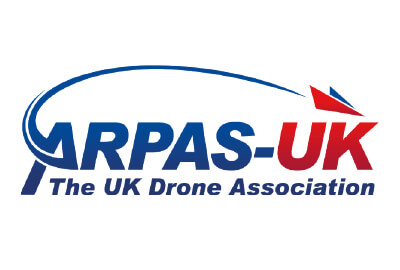Cladding is a commonly used construction material used for residential and industrial building design.
The Grenfell Tower Fire Disaster highlighted the risks that some materials used in types of cladding can pose however cladding (that is made from the right fire resistant materials and designed properly) is still an effective building material that brings a degree of thermal insulation and weather resistance to protect building structures and enhance their visual aesthetics.
What is cladding made from?
Cladding can come in a variety of materials ranging from wood to metal, brick, vinyl and composite materials (such as aluminium, blends of cement and recycled polystyrene.
The benefits of cladding on buildings
On top of the thermal properties mentioned above, cladding can be used to reduce noise which makes it a useful material on industrial buildings that want to either reduce the noise entering the building or existing the building (for example in a loud manufacturing facility). Cladding does not need to be waterproof but can offer weather protection for a building structure and the design of cladding can help to redirect water flow from heavy rain away from key structural sections of a building.
What is the most commonly used cladding material?
Single skin metal panels are the most commonly used types of cladding and are commonly found on industrial and commercial buildings across Scotland. They are a popular choice because they offer a high level of durability and are easy to install. The metal cladding can be designed to enhance an industrial buildings aesthetic look and the low maintenance costs makes them a firm favourite for manufacturing and industrial facilities.
The risk of fire with cladding
The Grenfell Tower cladding was clad with composite panels made with polyethylene at its core. This material is combustable and was a key element into why the fire grew out of control so quickly. The chimney effect created by the cavity between the cladding and building wall draws hot air up (like a chimney) which allowed the fire to rise quickly, igniting panels of polyethylene within cladding panels as it went up.
Replacing Cladding
After the Grenfell Tower disaster, many residential buildings have been highlighted as vulnerable to the same issue. At Balmore, our Rope Access team can provide cladding replacement services on high rise tower buildings across Scotland.
Cladding Repairs & Cleaning
Cladding is, as mentioned at the beginning an effective construction system if designed properly and made from the right, non flammable materials. This is why it is a popular choice for a wide array of buildings in the country. Yet like stonework, roofing and guttering, cladding does require a level of maintenance. Storm damage and general weather can cause cladding panels to become damaged while persistent air pollution and chemical staining caused by industrial premises activities my require cladding to be periodically cleaned. At Balmore Specialist Contracts, we can provide a complete repair and cleaning service for cladding panels without the need for expensive scaffolding solutions.
Find out more
If you would like to find out more about our Cladding Services, click here. Alternatively, please contact our Glasgow Head Office today by calling 0141 944 6100.













